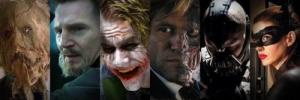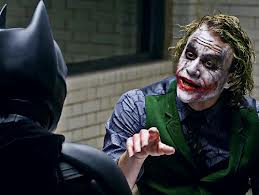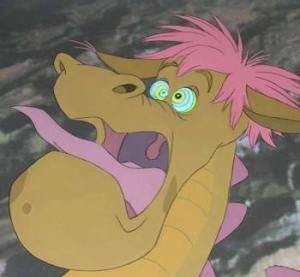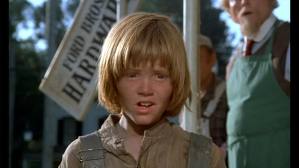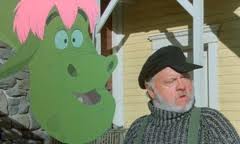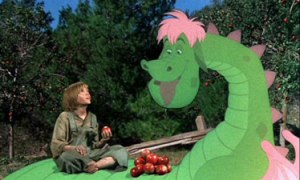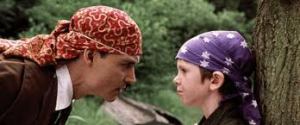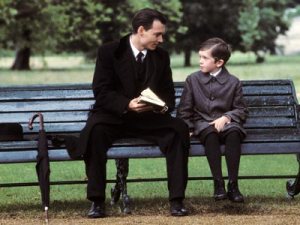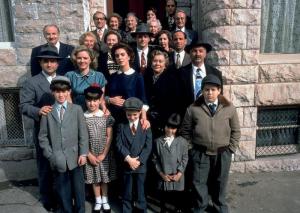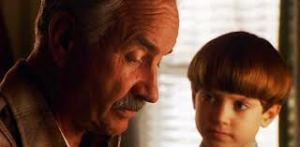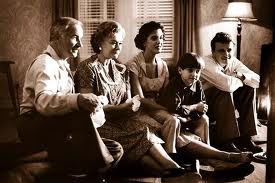By Craig Joseph
A beloved cautionary tale, The Berenstain Bears and Too Much Birthday, follows everyone’s favorite brother and sister grizzly team as they eat lots of cake, play some crazy games and open a slew of presents on their natal day. By the end of the book, on account of their frenzied gluttony, greed and voraciousness, the bears are worn out and sick. True to form, their mother gently extends a lesson to them (and the child reader, by extension) that you can sometimes have too much of a good thing.
Before I’m drawn and quartered, let me unequivocally state that I love The Dark Knight (and I’d never allow Tim’s seriously flawed estimation of Pete’s Dragon to cause spiteful retaliation). But, during my tenth re-watching of the film, I found myself wishing that someone had handed Mr. Nolan a copy of the Berenstains. There’s simply too much going on here and – as a result – it’s all less satisfying then it might have been.
For starters, the perennial problem with the franchise is that the villains are always more intriguing than the protagonist. You’ll always find Bruce Wayne grappling with the same question: whether he should don the cape or retire it. There will also be some variation of “do I fight alongside the city or behave like a vigilante?” and “can I let this woman into my life or not?” In contrast, each villain presents us with a unique and compelling backstory motivating his or her nefarious deeds – alongside a complex and screwball plot for taking Gotham down. The embarrassment of riches that is The Dark Knight gives us a Scarecrow cameo, hones in on The Joker for a while, and then teases us with Two-Face before killing him off pretty quickly. I found myself less interested in Batman than ever, but with a desire to spend more time with any one of the villainous options that were presented to me – and then snatched away.
And this surfeit is not helped by the casting choices. You can’t put Gary Oldman, Morgan Freeman and Michael Caine in supporting roles and expect audience members not to go ADD when they leave the screen. They’re just too good to be contained by what their roles and the plot give them room to do.
Thematically, there are complications as well. Dark Knight deals largely with ideas about duality and the ways that people do or don’t reconcile warring sides of themselves. This is very compelling and helps put this superhero flick a notch above the rest, but trying to execute this with such a large cast of characters means that Nolan sometimes resorts to facile answers and clichéd tactics. In many regards, The Joker’s almost motiveless malice is more effective; it is simply more terrifying than any logical explanation drawn in a few brushstrokes could ever be. Would I have settled for seeing two or three characters’ duality explored well, rather than trying to cover six or seven? Probably.
None of this changes the fact that this is a great film. And these impressions are mitigated by what the third film allows us to see: namely, that Nolan was using the Harvey Dent storyline (the third or fourth ending to The Dark Knight) to set things up for the final installment. Nonetheless, I wish I didn’t feel like I’d gorged myself on birthday cake and was still hungry.

